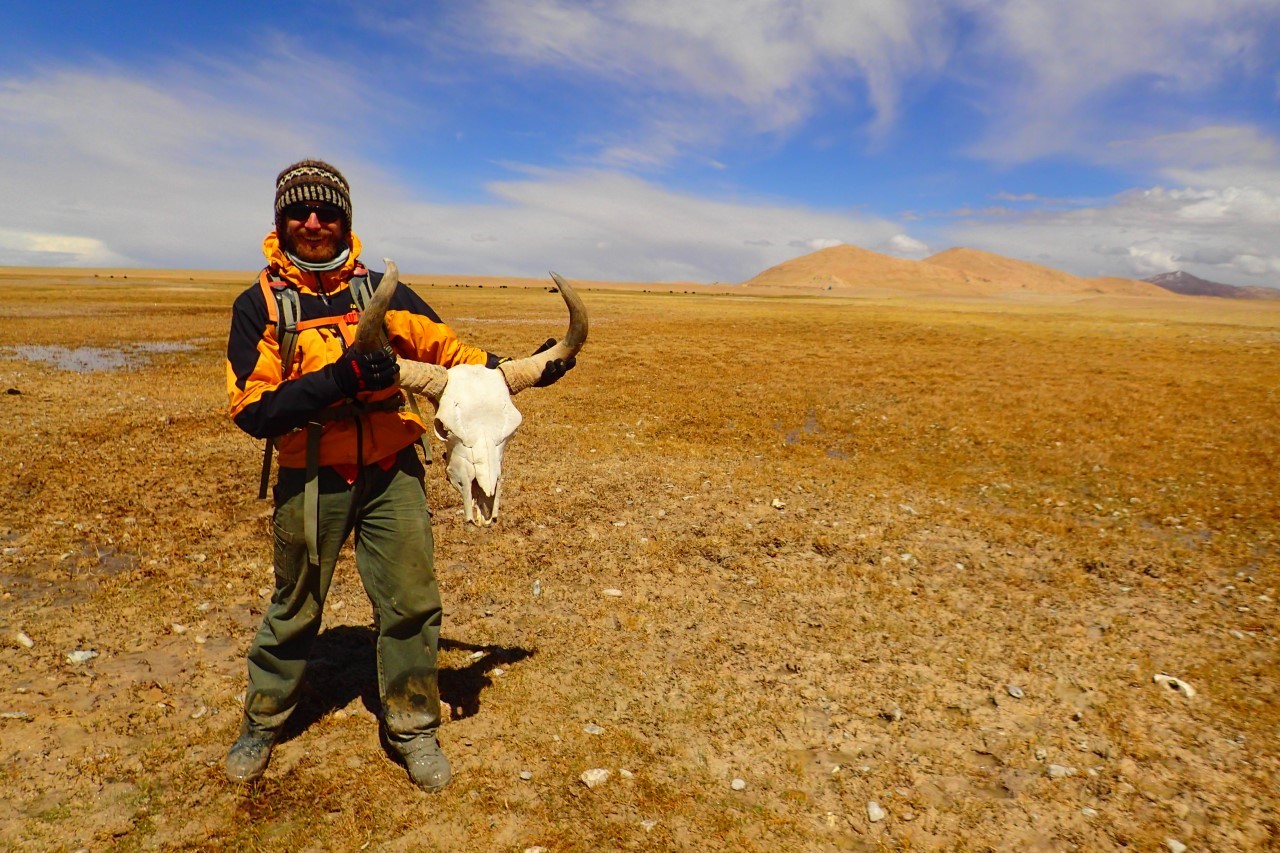Human-landscape interactions in the northern foothills of Cho Oyo and Mt Everest (Tibet) – a case of anthropogenic land degradation?
Abstract
Su-re is a quartzite lithic quarry and artefact scatter site on a hillside overlooking a wetland in the northern foothills of the Cho Oyo and Mount Everest massifs on the southern edge of the Tibetan Plateau. The site contains an Upper Palaeolithic stone tool assemblage of purported pre-LGM age based on artefact cross-dating approaches, however there is no direct chronological evidence from artefacts or their sedimentary and geomorphic contexts. Here, we present the results of our geoarchaeological investigations into the site. Firstly, we present stratigraphic and geomorphic data combined with traditional OSL and radiocarbon-based chronologies to reconstruct changes in environmental conditions and describe the site formation processes. Secondly, to derive numerical ages for human use of the site, we apply novel luminescence-based dating approaches including OSL-surface exposure dating to date quarry exploitation and OSL-rock burial dating to date artefact discard. By integrating the geomorphic site data with absolute ages for human occupation and historical records, we (i) revisit the role of Su-re for understanding early human occupation on the Tibetan Plateau, and (ii) discuss possible impacts of intensive human occupation with environmental degradation in this arid landscape in the shadow of Mount Everest.
About the presenter
Dr. Luke Gliganic is a geoarchaeologist who develops and uses luminescence dating techniques to address questions in the fields of  archaeology, geomorphology, and geography. He is currently involved in projects focussing on Australia, South Africa, Tibet, Italy, and Russia. His research portfolio has included investigations into the Middle to Later Stone Age transition in east Africa, central Australian palaeoenvironments, Pleistocene settlement of the Pilbara, and human-environmental interactions on the Tibetan Plateau. He was awarded a FWF Lise Meitner Fellowship (2016-2018) to develop novel luminescence-based dating approaches for dating open artefact scatters, lithic quarry exploitation, and stone arrangement construction and maintenance. His current work focusses on directly dating artefact deposition and using a luminescence-surface exposure approach to date rock engravings.
archaeology, geomorphology, and geography. He is currently involved in projects focussing on Australia, South Africa, Tibet, Italy, and Russia. His research portfolio has included investigations into the Middle to Later Stone Age transition in east Africa, central Australian palaeoenvironments, Pleistocene settlement of the Pilbara, and human-environmental interactions on the Tibetan Plateau. He was awarded a FWF Lise Meitner Fellowship (2016-2018) to develop novel luminescence-based dating approaches for dating open artefact scatters, lithic quarry exploitation, and stone arrangement construction and maintenance. His current work focusses on directly dating artefact deposition and using a luminescence-surface exposure approach to date rock engravings.
About Archaeology Working Papers
The Working Papers in Archaeology seminar series provides a forum for dissemination of archaeological research and ideas amongst UQ archaeology students and staff. All students are invited to attend the series and postgraduate students, from honours upwards, are invited to present their research. The aim is to provide opportunities for students, staff and those from outside UQ, to present and discuss their work in an informal environment. It is hoped that anyone interested in current archaeological directions, both within and outside the School and University, will be able to attend and contribute to the series.
2025 Upcoming Sessions
| Date | Presenter |
|---|---|
| 8th August | Nicholas Hadnutt and Lincoln Morse |
| 15th August | Jane McMahon |
| 22nd August | Martin Gibbs |
| 29th August | Karen Cooke |
| 5th September | Shoshanna Grounds |
| 12th September | Meg Walker |
| 19th September | Marc Cheeseman |
| 26th September | Ladislav Nejman |


